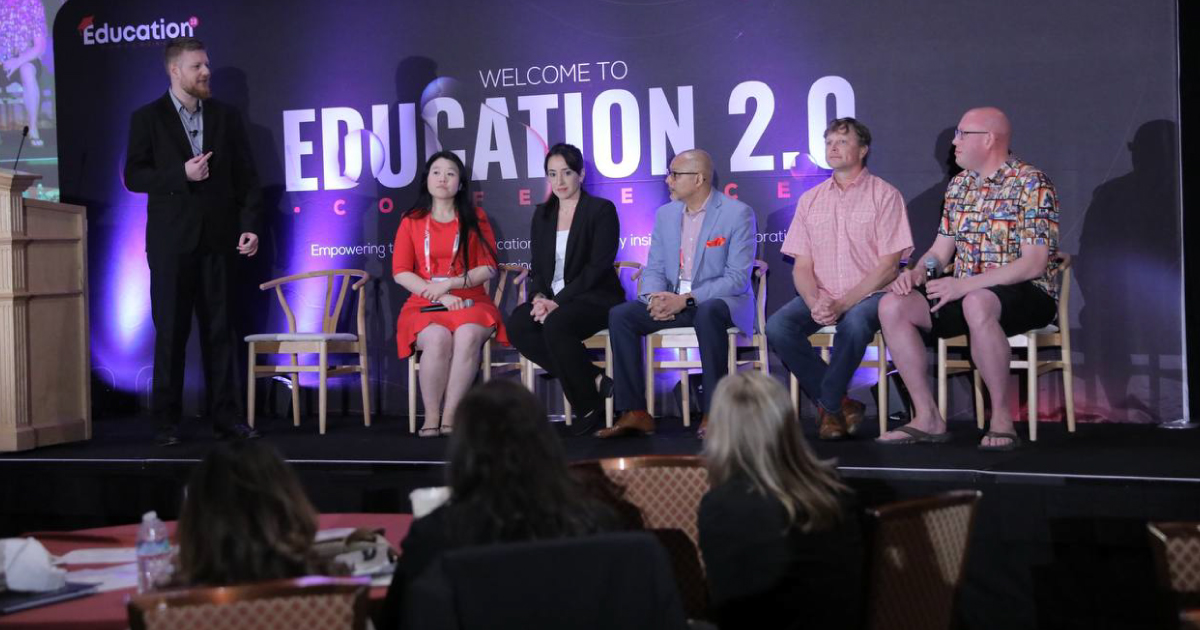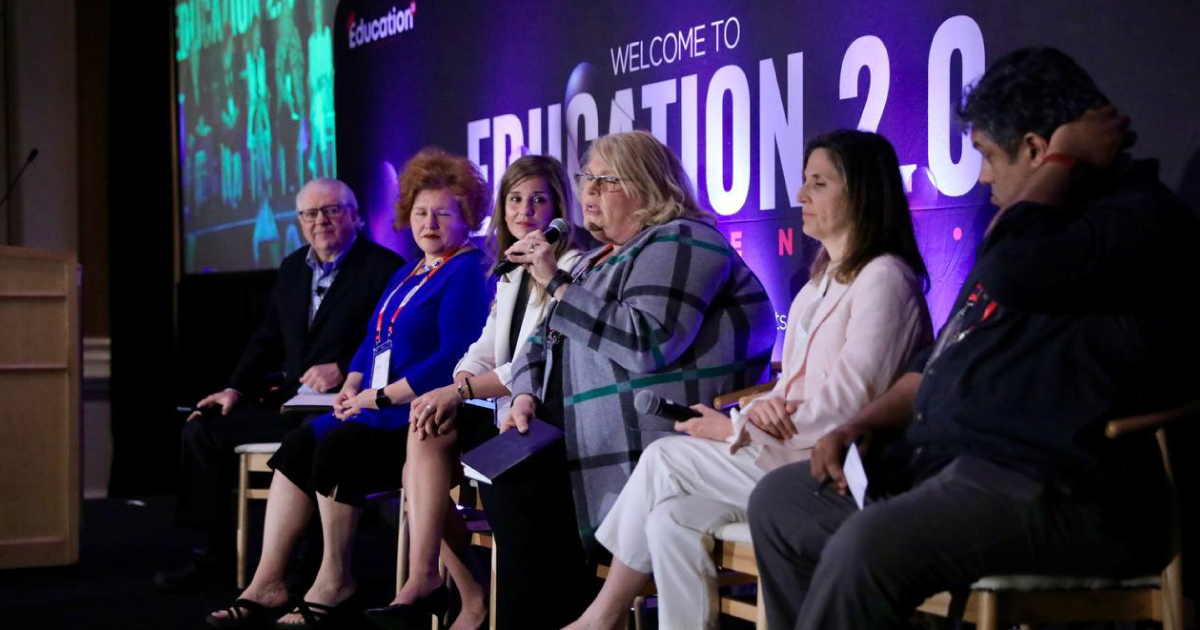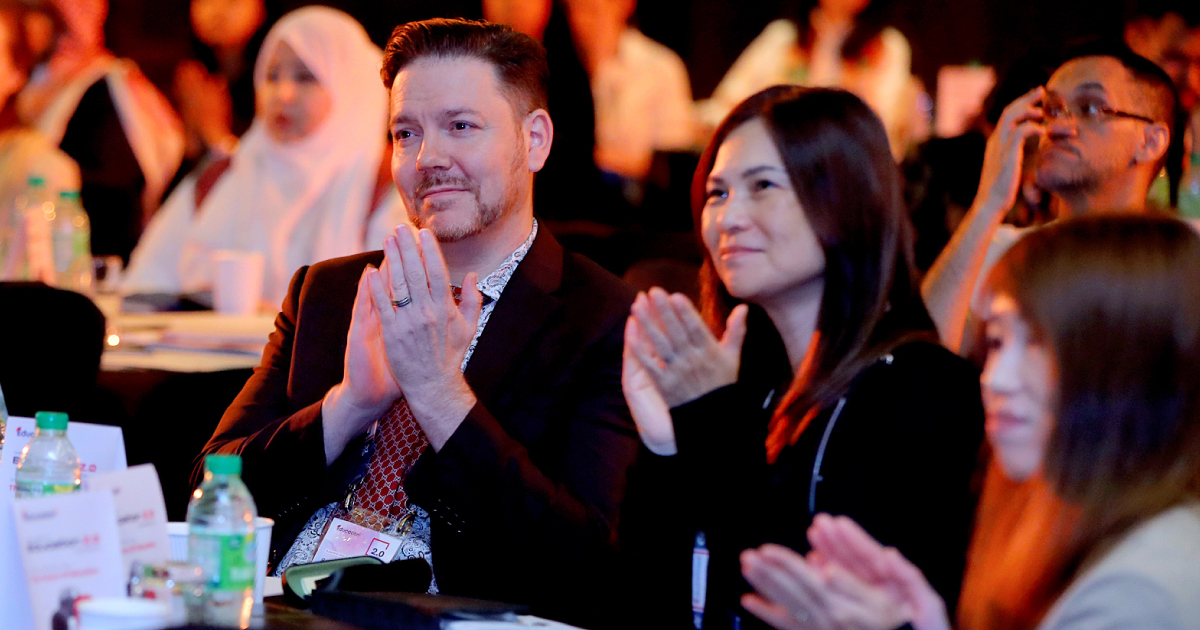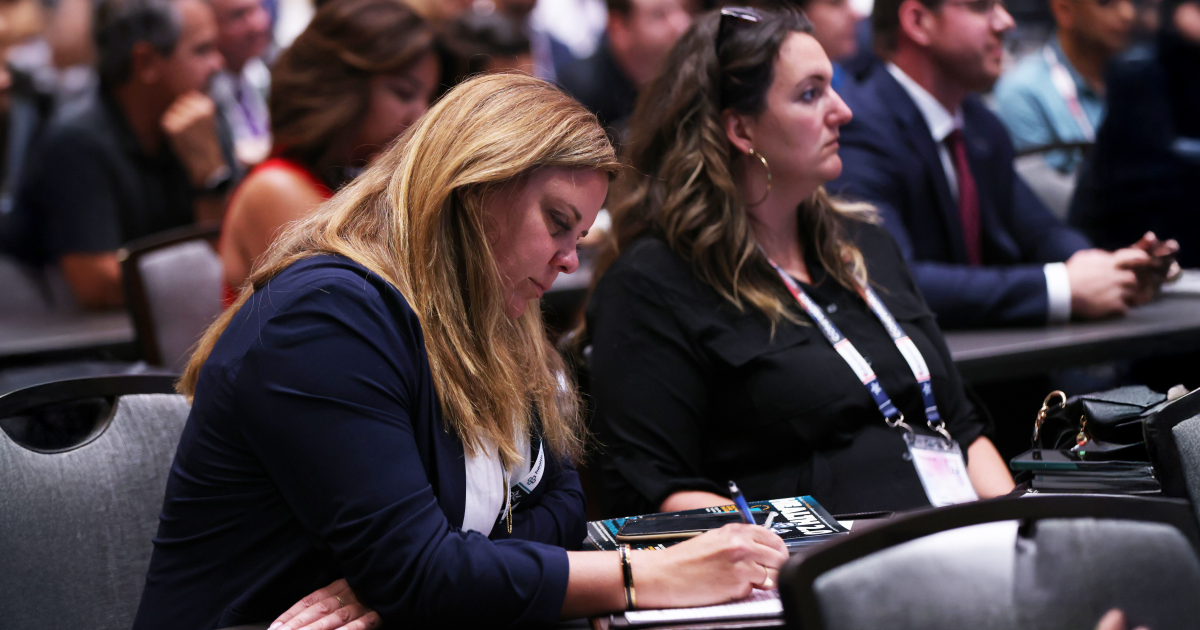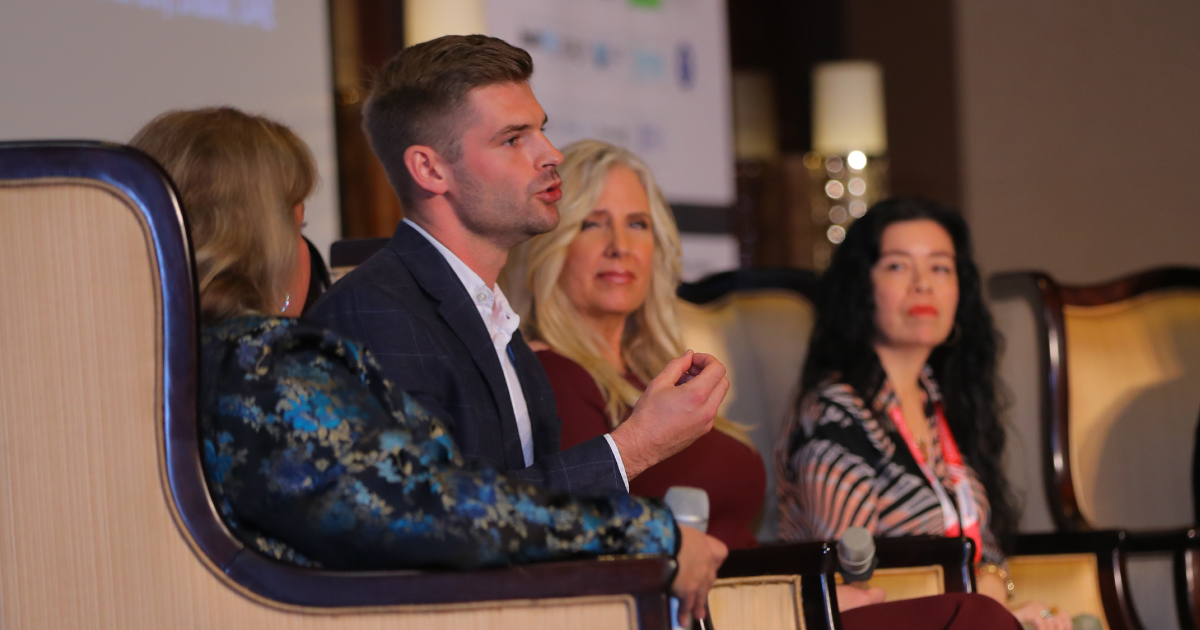For the past few years, there has been an ever-growing concern regarding students’ mental health. Especially after massive developments across industries due to the pandemic, which created an atmosphere of uncertainty. Many professionals have started discussing the increase in mental health conditions. Consequently, there has been a rise in the acknowledgment of the significance of the role that mental health plays in achieving global development goals.
People with mental health issues not only struggle for a prolonged period of time but also die prematurely due to preventable physical conditions. For instance, depression is one of the leading causes of disability whereas suicide is the second leading cause of death among early teens to people in their late 20s.
Adolescence is a crucial time when young people struggle to fit in - socially as well as emotionally. Factors, such as social ostracization, family dysfunction, bullying, other problems in school, and trauma may trigger mental health issues. Many of these conditions became even more relevant with the onset of the pandemic as it led to unprecedented school closures and loss of face-to-face support systems. In extreme cases - it enforced isolation, disrupted routines, and resulted in increased family problems among other things that resulted in the creation of an environment of stress, anxiety, and fear triggering or worsening adolescent mental health issues.
It is no secret that there is a clear connection between mental health and academic performance. For students to make the most of their education has become even more important than ever. However, students who deal with these conditions have a harder time learning, concentrating, feeling motivated, etc. With everything shifting to digital platforms, students have taken the help of social media to stay connected to their community. However, its extensive use carries risk. Experts believe that adolescents who obsess over their online physical appearance or life circumstances, along with worrying about gaining “likes” on posts while comparing it with that of others, are more prone to anxiety, depression, or thoughts of suicide.
Education institutions and professionals have progressed quite a lot in terms of dealing with it. However, despite improvement in some countries, people with mental health conditions often experience human rights violations, discrimination, and stigma among peers. Experts, as a result, have encapsulated the inclusion of mental health in the Sustainable Development Goals.
It is high time to work on the acknowledged risk that hovers around students of this generation. Key stakeholders can attend international education events, such as the Education 2.0 Conference, to better understand the trends as well as challenges that the industry faces on an everyday basis.



